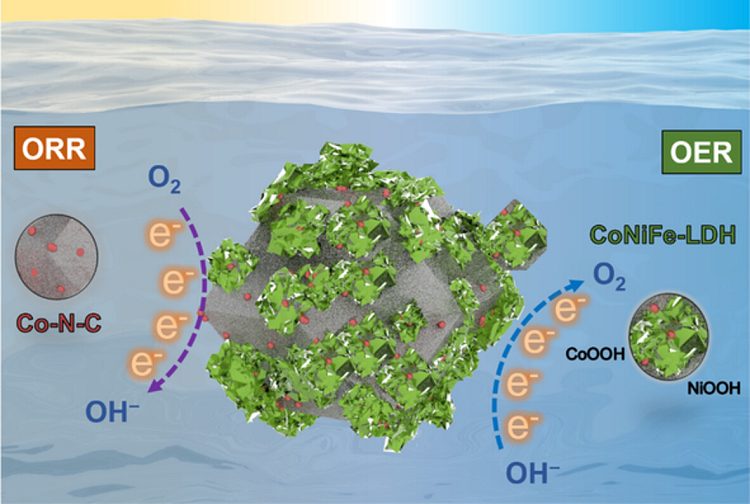Research on new typologies of battery it continues unabated as it is essential to address global challenges such as climate change, improve energy efficiency and, in general, push innovation. The new zinc-air batteries they could allow us to look at more sustainable and efficient solutions in the future.
The study conducted by a team of researchers from Edith Cowan University (ECU), an Australian academic center, has highlighted the incredible potential of zinc-air batteries, very interesting for their low costdue to theeco-sustainabilityhigh theoretical energy density and intrinsic safety.
What is a zinc-air battery and how does it work
A zinc-air battery consists of a negative electrode of zinc and an electrode positive with air. The main disadvantage of this solution was the limited power delivered, due to the poor performance of air electrodes and their short life. At least until today.
ECU scholars, led by Professor Muhammad Rizwan Azhar, have in fact demonstrated that by combining the use of materials such as carbon, iron-based minerals and cobalt it is possible to reduce the internal resistance of the batteries bringing the voltage detected at a threshold very close to the theoretical one. The result is sustained maximum power in the face of high stability.
Fonte dell’immagine: CoNiFe-layered double hydroxide decorated Co-N-C network as a robust bi-functional oxygen electrocatalyst for zinc-air batteries
Azhar noted that using natural resources, like widely available zinc and air, new batteries become super affordable and commercially usable in multiple application fields. “With the advent of long range vehicles next-generation and electric aircraft, there is a growing need for safer, more economical and high-performance battery systems that can surpass the capabilities of lithium-ion batteries“, said the head of the research. “In addition to revolutionizing the energy storage industry, this breakthrough significantly contributes to building a sustainable societyreducing our dependence on fossil fuels and mitigating environmental impacts“.
Il innovative design proposed for zinc-air batteries looks at achieving the sustainable development goals promoted by the United Nations and those established by the Paris Agreement in 2015. Both resolutions are aimed at promoting the use of sustainable energy resources to combat climate change.
Differences between zinc-air batteries and lithium-ion batteries
In zinc-air batteries, the positive electrode is made up of oxygen present in the air. This makes the lightweight batteries e compactas they do not require a solid positive electrode.
Lithium-ion batteries were invented in the 1970s and 1980s by John Goodenough, who recently passed away, and by his colleagues and then marketed starting in the early 1990s. They quickly became a point of reference because they do not manifest thememory effect, are stable, support a good number of charge-discharge cycles and are overall safe. Although they can be susceptible to overheating and fire under certain circumstances, requiring appropriate thermal management and safety systems.
Li-ion batteries use a solid positive electrode that contains lithium-based materialssuch as lithium cobalt oxide (LiCoO2) or lithium iron phosphate (LiFePO4).
Zinc-air batteries have proven to have good durability in terms of charge/discharge cycles, but can be negatively affected by the presence of humidity and oxygen in the environment. In the study by Azhar and his collaborators, the new solution showed a high open-circuit voltage of 1.48 V. It also showed a low potential difference (0.77 V) with a current density of 5 mA cm−2 during the load and the download exhibiting stable performance up to 950 hours or more.
Opening image credit: iStock.com/John D


